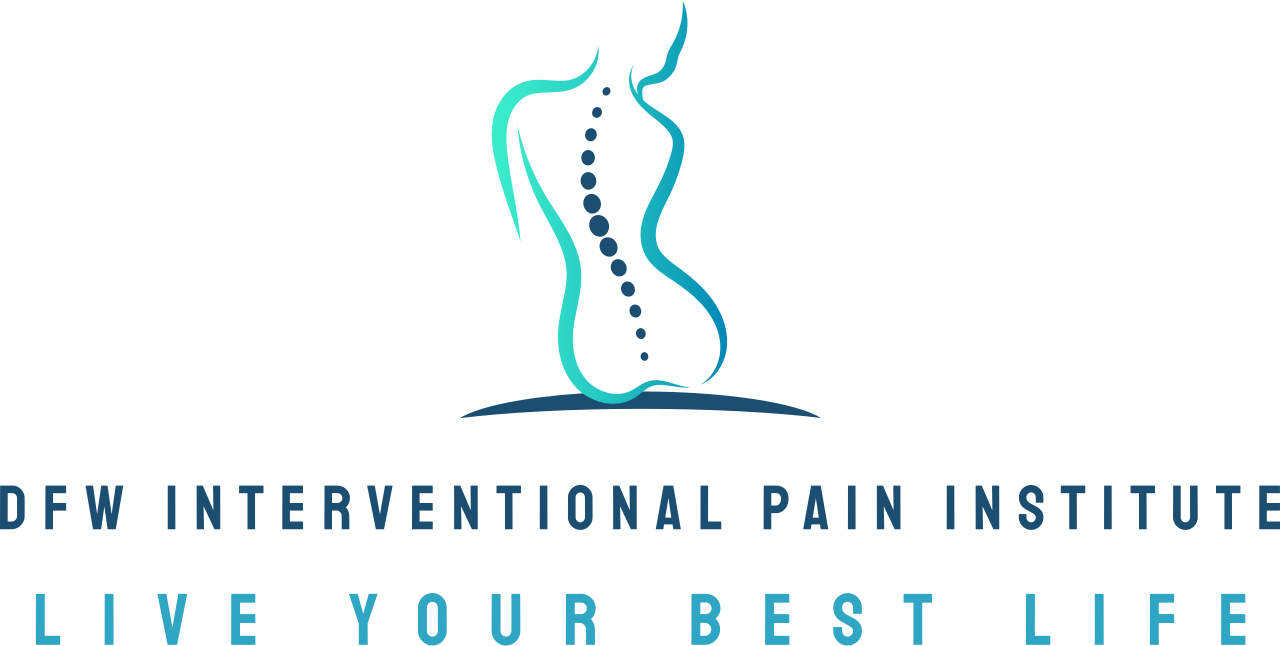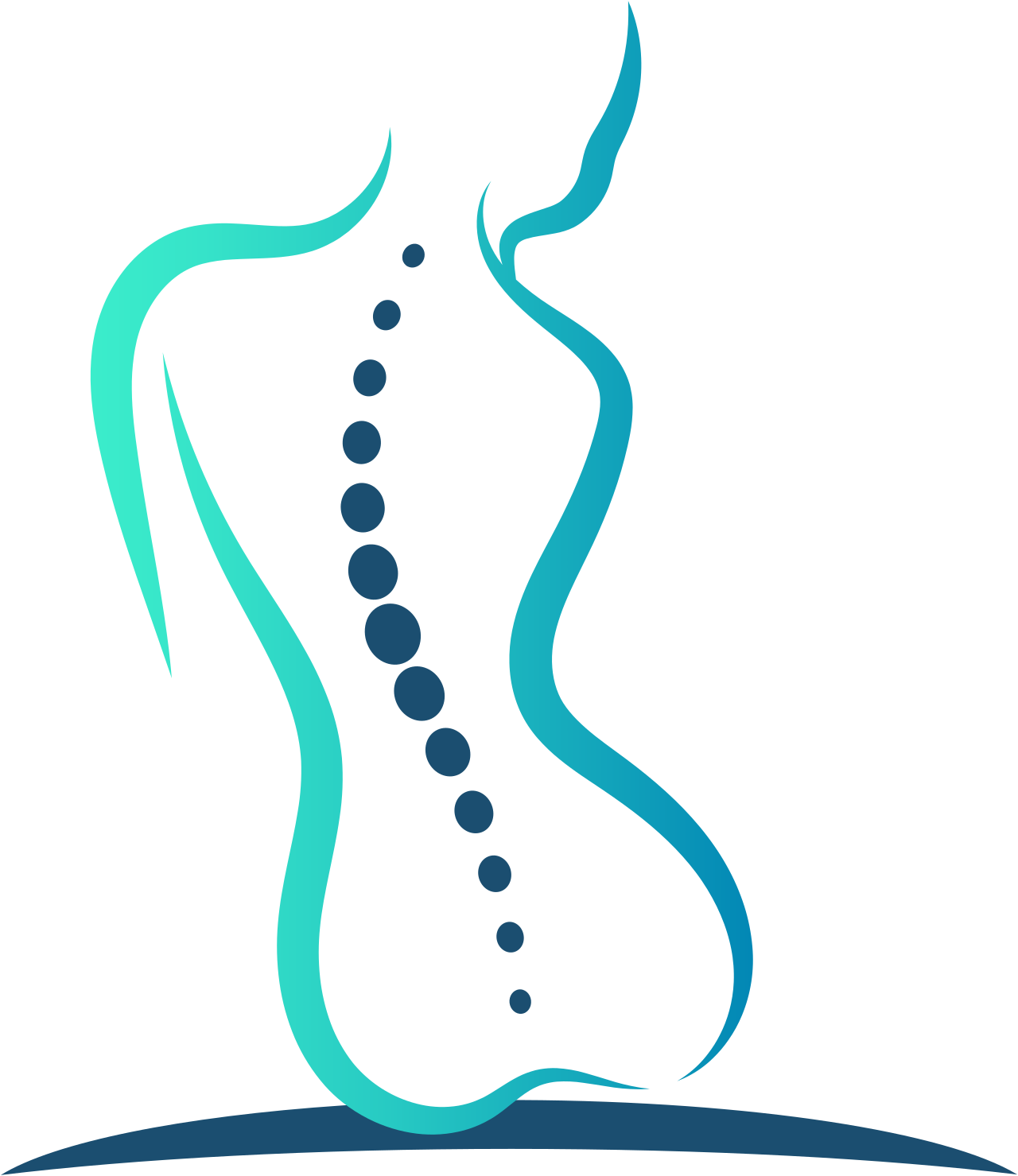Chronic pain, explained
Every once in a while we like to do an overall refresher blog post about what exactly chronic pain is. Many of our patients come to DFW Interventional Pain Institute feeling confused on what chronic pain actually means, especially as it relates to what is "normal". Understanding the definition of "chronic pain", what causes it and how it can be managed is the first step toward reclaiming control. Whether you’re struggling with persistent backaches, nerve pain or joint discomfort, this blog post will explain chronic pain, its impact, and the ways you can find relief.
What is chronic pain and how is it different from acute pain?
Chronic pain is defined as pain that lasts longer than two weeks, often persisting well beyond the expected period of healing. Unlike acute pain, which serves as your body’s immediate response to injury or illness (think of the sharp ache after a sprain or surgery), chronic pain doesn’t have a clear purpose. It may linger even after the original cause has resolved, significantly impacting your day-to-day activities, mental health and overall quality of life.
It's also important to remember that everyone is different, and your symptoms of chronic pain may (and often do) come and go or be more prevalent at certain time periods or after certain activity levels. That's why we always recommend speaking with a pain management specialist like Dr. Edrick Lopez here at DFW Interventional Institute to help diagnose what is causing the pain and what is "normal" to expect.
Common conditions linked to chronic pain
Chronic pain is often associated with underlying medical conditions or injuries. Here are some of the most common triggers:
Arthritis – Including osteoarthritis and rheumatoid arthritis, which cause joint pain and inflammation.
Fibromyalgia – A disorder characterized by widespread muscle pain and fatigue.
Chronic back pain – Often caused by issues like herniated discs, spinal stenosis or muscle strain.
Migraines – Intense, recurring headaches that can last for hours—or even days.
Nerve damage – Conditions like diabetic neuropathy or sciatica that result in burning, tingling or shooting pain.
Post-surgical or injury pain – Discomfort that persists long after recovery is complete.
How chronic pain affects your body and mind
Chronic pain isn’t just physical—it involves complex changes in your nervous system. Our nerves repeatedly send pain signals to the brain, which can rewire your system over time. This phenomenon, called "central sensitization," makes you more sensitive to pain stimuli and can amplify the discomfort.
Beyond the physical effects, chronic pain often leads to mental health challenges, such as anxiety and depression. The constant struggle with pain can create a cycle of stress and hinder your ability to focus, relax or even sleep.
Types of chronic pain
Understanding the nature of your pain can help identify suitable treatment options. Chronic pain is often categorized into these types:
Nociceptive pain – Caused by tissue damage, inflammation, or injury (e.g., arthritis or back pain).
Neuropathic pain – Originates from damaged or malfunctioning nerves, leading to sensations like burning or stabbing (e.g., sciatica or diabetic neuropathy).
Mixed pain – A combination of both nociceptive and neuropathic pain, as seen in conditions like fibromyalgia.
Conventional treatment options
For many people, relief begins with conventional treatments. Some commonly prescribed methods include:
Medications – Over-the-counter drugs (e.g., ibuprofen) and prescription options like muscle relaxants or nerve pain medications.
Physical therapy – Strengthening and stretching exercises to improve movement and alleviate pain.
Injection therapies – Corticosteroid injections to reduce inflammation and relieve localized pain.
Surgical intervention – For specific cases, surgical procedures may be necessary to address the root cause of pain.
Alternative and complementary therapies
If you’re seeking alternatives or want to enhance traditional treatments, consider these evidence-based complementary therapies:
Acupuncture – This ancient practice involves inserting thin needles into specific points on your body to release tension and stimulate healing.
Yoga – A gentle way to improve flexibility, reduce stress and ease discomfort.
Meditation and mindfulness – These practices use relaxation techniques to calm the mind and help manage pain perception.
Lifestyle changes to manage chronic pain
Your daily habits can play a significant role in pain management. Here’s what you can do:
Adopt an anti-inflammatory diet – Incorporate whole foods like fruits, vegetables and omega-3 rich sources like fish to reduce inflammation.
Exercise regularly – Low-impact activities like walking, swimming or pilates can improve circulation and release endorphins.
Prioritize sleep hygiene – Establish a consistent bedtime routine, avoid screens before sleep, and create a comfortable sleeping environment.
Chronic pain and mental health
Living with chronic pain often affects emotional well-being. It's not uncommon for chronic pain sufferers to experience depression, anxiety or feelings of isolation. Addressing these psychological challenges is just as crucial as treating physical symptoms.
Cognitive-behavioral therapy (CBT) and support groups for chronic pain can offer tools to manage stress and reframe negative thought patterns related to pain.
When to see a pain management specialist
If chronic pain is interfering with your daily life despite trying home remedies or over-the-counter treatments, it may be time to seek professional help. Pain management specialists are trained to address complex and persistent pain using personalized approaches that target your unique needs.
How Dr. Edrick Lopez and DFW Interventional Pain Institute can help
At DFW Interventional Pain Institute, Dr. Lopez is renowned for his patient-centered approach and expertise in pain management. Our team takes the time to listen carefully, review your medical history and conduct a thorough evaluation to pinpoint the cause of your pain.
We offer a wide range of treatment options, including:
Image-guided injections for precision relief.
Minimally invasive procedures to manage pain effectively.
Personalized plans that integrate physical therapy, psychological support and medication management.
With a philosophy that living with pain is not your only option, our goal is to empower you to regain control of your life.
If you've got questions about chronic pain, we can help
Chronic pain can feel overwhelming, but you don’t have to face it alone. At DFW Interventional Pain Institute, we’re here to help you find lasting relief and get back to the things you love. Schedule a consultation with Dr. Lopez today and discover what’s possible.

